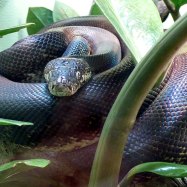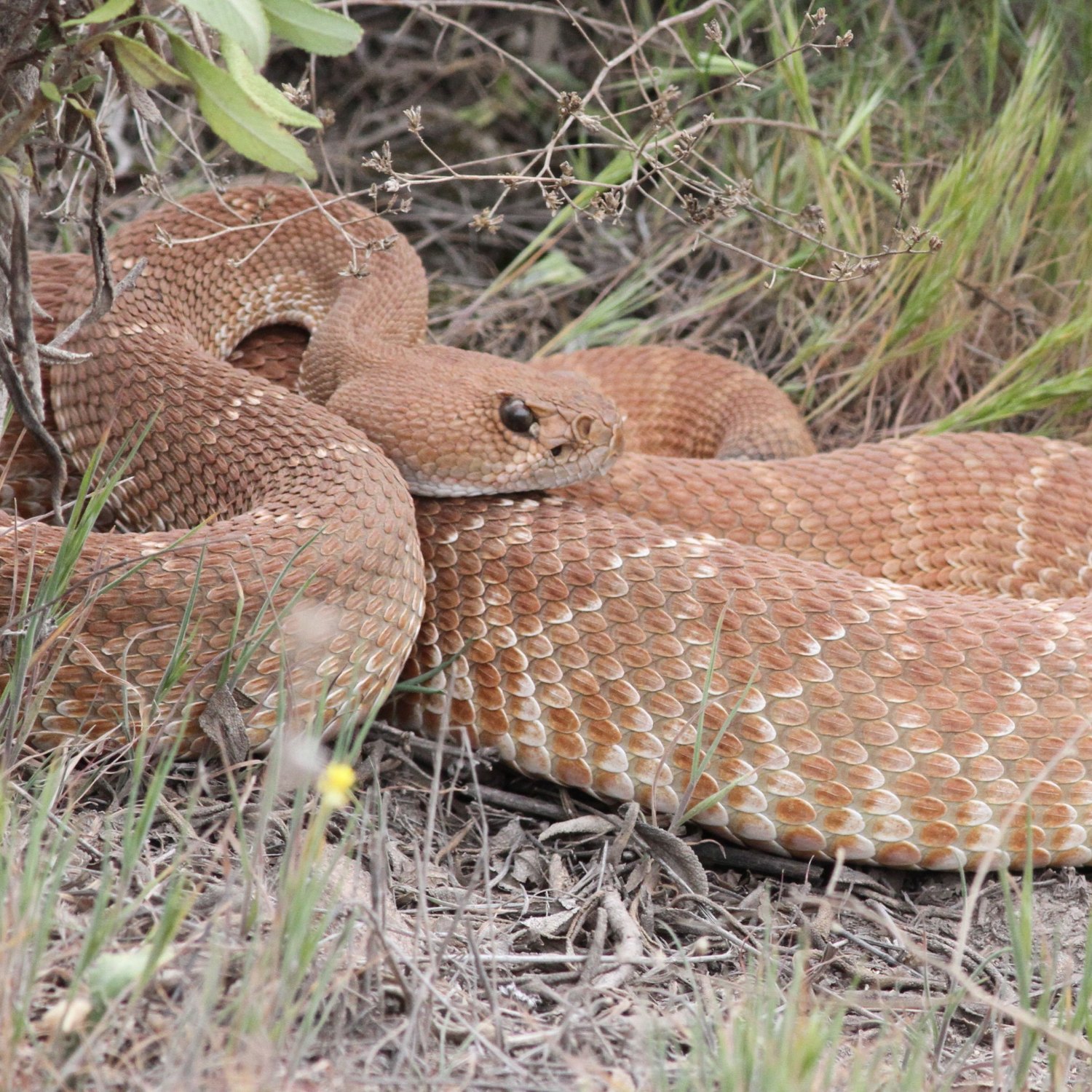
Red Diamondback Rattlesnake
3-5 feet (0.9-1.5 meters)
The Red Diamondback Rattlesnake, found in the Southwestern U.S. and Baja California Peninsula, is a fascinating member of the Viperidae family. With a length of 3-5 feet, this snake boasts a thick and heavy body and is easily recognized by its distinct diamond-shaped markings. Keep your distance from this venomous creature and admire it from afar! #Rattlesnake #WildlifeWednesday
Animal Details Summary:
Common Name: Red Diamondback Rattlesnake
Kingdom: Animalia
Habitat: Deserts, coastal scrublands, and grasslands
The Mysterious Red Diamondback Rattlesnake: A Master of Adaptation
The southwestern United States and Baja California Peninsula are known for their arid deserts and diverse wildlife. Among the many fascinating creatures that call this region home, the red diamondback rattlesnake stands out with its striking appearance and extraordinary characteristics. Also known as the Crotalus ruber, this unique species of snake has captured the attention of researchers and nature enthusiasts alike, with its remarkable abilities and behavior. In this article, we will explore the fascinating world of the red diamondback rattlesnake and uncover the secrets behind its incredible survival in harsh environments Red Diamondback Rattlesnake.The Basics: Understanding the Red Diamondback Rattlesnake
Before we delve into the mysterious world of the red diamondback rattlesnake, let's get to know this magnificent creature a little better. Scientifically known as Crotalus ruber, this snake belongs to the Animalia kingdom, the Chordata phylum, and the Reptilia class. It is also a part of the Squamata order and the Viperidae family, which includes other venomous snakes such as the copperhead and the cottonmouth. Its common name, red diamondback rattlesnake, is derived from its reddish-brown to pinkish-brown coloration and the distinctive diamond-like patterns on its skin. These snakes are carnivorous, with a diet consisting mainly of small mammals such as mice, rats, and rabbits.Adaptive Habitat and Geographic Distribution
The red diamondback rattlesnake is a master of adaptation, with the ability to thrive in a wide range of habitats. They are commonly found in deserts, coastal scrublands, and grasslands, making their homes in burrows or among rocks and shrubbery. This versatility in habitat is a testament to their ability to adapt to changing environmental conditions. They are also found in both the United States and Mexico, with their geographical distribution covering the southwestern United States, including Arizona and California, and the Baja California Peninsula in Mexico Rosy Boa.The Red Diamondback Rattlesnake's Appearance and Body Shape
One of the most striking features of the red diamondback rattlesnake is its coloration. As the name suggests, they are mostly reddish-brown to pinkish-brown, with dark diamond-shaped patterns along their back and sides. This coloration serves as camouflaged in their desert and scrubland habitats, making it easier for them to hunt and avoid predators. Their bodies are also thick and heavy, measuring between 3 to 5 feet (0.9-1.5 meters) in length. This, coupled with their powerful muscles, makes them excellent predators and ambushers.The Red Diamondback Rattlesnake's Unique Features
While all rattlesnakes share some common characteristics, the red diamondback rattlesnake stands out with its impressive set of features that make it a true survivor in the harsh desert landscape. Let's take a closer look at some of these unique features:Heat Sensing Ability
The red diamondback rattlesnake possesses a specialized heat sensing organ called the loreal pit, located between its nostril and eye. This organ allows them to detect thermal radiation from their surroundings, helping them to locate potential prey even in the dark. This incredible ability also helps them regulate their body temperature, allowing them to survive in extreme temperatures.Rattle Sound Warning System
One of the most well-known features of rattlesnakes, including the red diamondback, is their rattle sound. The rattlesnake's tail is composed of a series of hollow, interlocked segments, which produce a distinctive buzzing sound when shaken. This serves as a warning to potential predators or other animals, signaling that the snake is ready to defend itself if provoked. However, contrary to popular belief, rattlesnakes do not always rattle before striking, and some species do not have rattles at all.Venom and Hunting Techniques
The venom of the red diamondback rattlesnake is highly potent and can cause severe harm to its prey or predators. Its venom is primarily hemotoxic, which means it attacks blood cells and tissues, causing bleeding and severe tissue damage. This venom is also used to immobilize and kill its prey, making it easier for the snake to consume it. Interestingly, the red diamondback rattlesnake also has a unique hunting technique called "caudal luring." They use their distinctive rattle sound to attract their prey towards their tail, where they can strike and catch it.Conservation Status and Human Interaction
While the red diamondback rattlesnake population is relatively stable, they do face some threats from human activities. Habitat destruction, such as land development and agricultural expansion, reduces their available living space, and they are faced with greater competition for food and resources. Additionally, human encounters are also a significant issue for these snakes, as many people fear and kill them out of fear. However, the red diamondback rattlesnake plays a crucial role in the balance of its ecosystem, as they help control rodent populations, maintaining a healthy balance in nature.Conclusion
In conclusion, the red diamondback rattlesnake is a remarkable creature with extraordinary abilities and unique characteristics. From its impressive heat sensing ability to its potent venom and distinctive rattle sound, this snake has mastered the art of adaptation and survival in harsh environments. As humans, it is essential to understand and appreciate the importance of all wildlife to maintain the balance of our ecosystem. So, the next time you come across this magnificent creature in the southwestern United States or the Baja California Peninsula, take a moment to marvel at their beauty and remember to admire them from a safe distance.

Red Diamondback Rattlesnake
Animal Details Red Diamondback Rattlesnake - Scientific Name: Crotalus ruber
- Category: Animals R
- Scientific Name: Crotalus ruber
- Common Name: Red Diamondback Rattlesnake
- Kingdom: Animalia
- Phylum: Chordata
- Class: Reptilia
- Order: Squamata
- Family: Viperidae
- Habitat: Deserts, coastal scrublands, and grasslands
- Feeding Method: Carnivorous
- Geographical Distribution: Southwestern United States and Baja California Peninsula in Mexico
- Country of Origin: United States (Arizona, California)
- Location: Southwestern United States, Baja California Peninsula
- Animal Coloration: Reddish-brown to pinkish-brown
- Body Shape: Thick and heavy-bodied
- Length: 3-5 feet (0.9-1.5 meters)
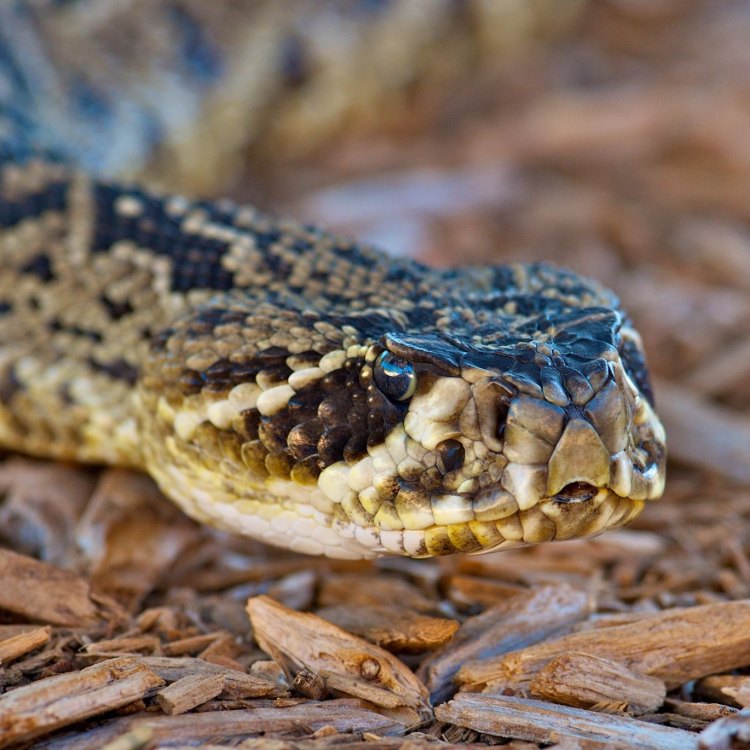
Red Diamondback Rattlesnake
- Adult Size: 3-5 feet (0.9-1.5 meters)
- Average Lifespan: 10-20 years
- Reproduction: Sexual
- Reproductive Behavior: Oviparous
- Sound or Call: Rattlesnake rattling sound
- Migration Pattern: Non-migratory
- Social Groups: Solitary
- Behavior: Most active at dusk and dawn, also active during cooler periods of the day
- Threats: Habitat loss, road mortality, illegal collection
- Conservation Status: Least Concern
- Impact on Ecosystem: Controls rodent populations
- Human Use: Not commonly used by humans
- Distinctive Features: Rattle on the tail, diamond-shaped pattern on the back
- Interesting Facts: The Red Diamondback Rattlesnake is a venomous pit viper species and is considered one of the most dangerous snakes in North America.
- Predator: Birds of prey, larger snakes
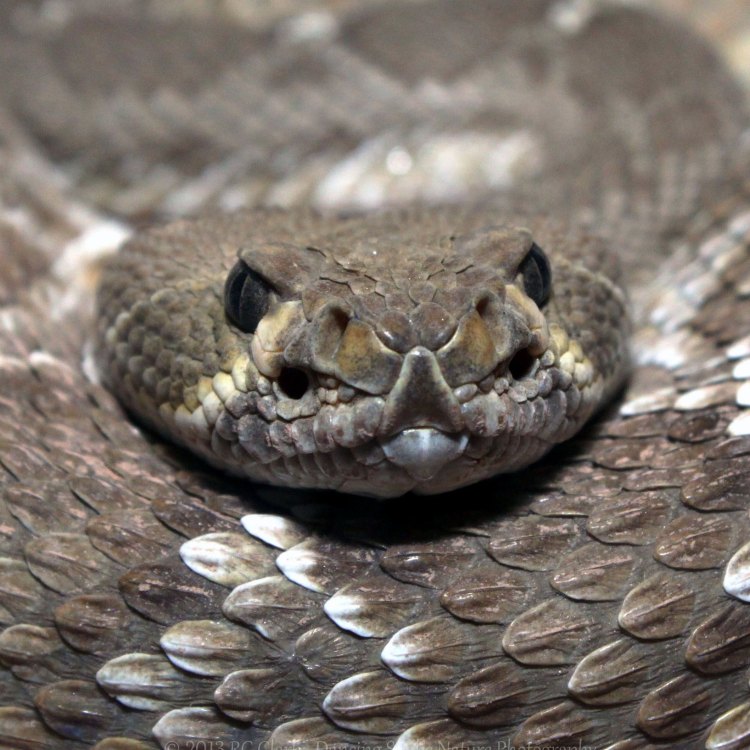
Crotalus ruber
The Ferocious Red Diamondback Rattlesnake: A Deadly Beauty
The North American continent is home to a diverse variety of wildlife, including many impressive and sometimes intimidating species. Among these is a creature that strikes fear into the hearts of many – the red diamondback rattlesnake.Also known as Crotalus ruber, the red diamondback rattlesnake is a venomous pit viper species that is native to the southwestern United States and northern Mexico. Its name comes from the distinct red diamonds that adorn its back, and its intimidating reputation is well-deserved PeaceOfAnimals.Com. Let's delve deeper into the fascinating features and behavior of this infamous serpent.
Size and Lifespan
One of the first things that come to mind when thinking of rattlesnakes is their large size, and the red diamondback is no exception. As adults, they can reach lengths of 3-5 feet, with the record for the longest ever captured being 6 feet and 1 inch. For perspective, that is longer than the height of an average adult male!In terms of lifespan, the red diamondback rattlesnake can live for an average of 10-20 years, depending on factors such as their environment, diet, and potential threats.
Reproduction and Behavior
Like most snakes, the red diamondback rattlesnake follows a sexual reproductive behavior, meaning they require a male and female to reproduce. They are also oviparous, meaning the mother lays eggs that hatch outside of her body.When it comes to their behavior, the red diamondback rattlesnake is mostly solitary, preferring to live and hunt alone. They are most active at dusk and dawn, as well as during cooler periods of the day. They are known to be quite aggressive when provoked and will use their venomous bite as a defense mechanism Rhino Beetle.
Threats and Conservation Status
The red diamondback rattlesnake faces numerous threats in its natural habitat, including habitat loss due to human development, road mortality, and illegal collection for the exotic pet trade. However, despite these challenges, the species is currently listed as "Least Concern" on the International Union for Conservation of Nature (IUCN) Red List.Impact on Ecosystem
While many may view the red diamondback rattlesnake as a fearsome predator, it plays an important role in its ecosystem. As ambush predators, they help maintain a balance in the ecosystem by controlling rodent populations, which in turn, helps protect plant life and other small animals.Distinctive Features
The red diamondback rattlesnake is easily recognizable due to its distinctive features. Its most prominent feature is, of course, the rattle on the end of its tail, which is used as a warning sign to potential predators. It is made up of keratin, the same material that makes up human hair and nails, and is used to create a loud rattling sound when the snake feels threatened.Another unique feature is its diamond-shaped pattern on the back, which stands out against its reddish-brown or pinkish-tan body. This pattern also serves as camouflage, allowing the snake to blend into its surroundings and ambush prey.
Interesting Facts
Aside from its distinctive features, the red diamondback rattlesnake has many interesting and surprising facts. For example, it has a heat-sensitive pit organ between its eyes and nostrils, which helps it detect warm-blooded prey, even in the dark.Additionally, rattlesnakes can control the amount of venom they inject into their prey, and will often give a "dry bite" to smaller animals that they don't intend to eat. This ability to regulate the amount of venom they use helps the snake conserve its energy for hunting and defending itself.
Predator and Human Interactions
The red diamondback rattlesnake has its fair share of predators, including birds of prey and larger snakes. However, its most dangerous predator is humans. Over the years, there have been reports of people killing rattlesnakes out of fear, leading to a decline in their population.Fortunately, the red diamondback rattlesnake is not commonly used by humans, and there is currently no known medicinal use for its venom. In fact, many states have laws protecting rattlesnakes, making it illegal to harm or collect them.
In Conclusion
In summary, the red diamondback rattlesnake is a remarkable creature that commands both fear and respect. Its venomous bite and defensive behavior may make it a threat to some, but it also serves an important role in its ecosystem. With proper education and conservation efforts, we can coexist with this deadly beauty and appreciate its unique features and captivating behavior. So, if you ever come across a red diamondback rattlesnake in the wild, remember to keep a safe distance and admire it from afar.
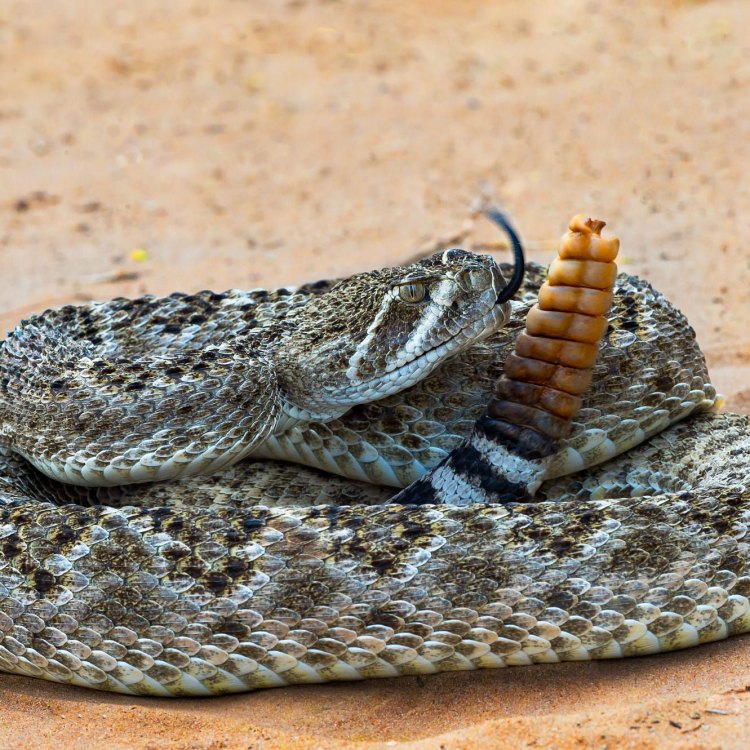
The Mysterious Red Diamondback Rattlesnake: A Master of Adaptation
Disclaimer: The content provided is for informational purposes only. We cannot guarantee the accuracy of the information on this page 100%. All information provided here may change without prior notice.











